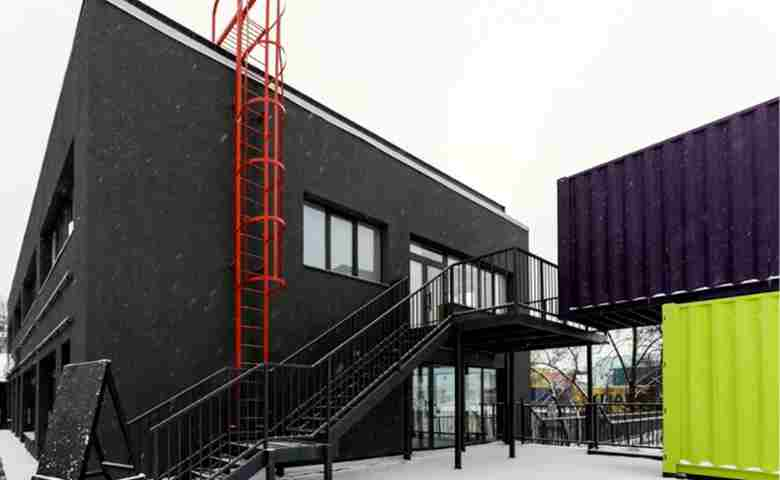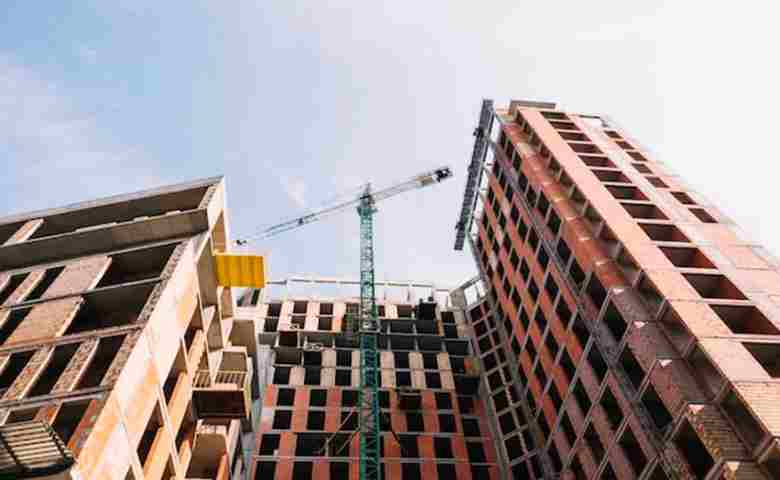Last Updated on December 6, 2023 by Admin
Commercial buildings are under greater scrutiny than ever before. Not only must they meet the highest standards in terms of safety and performance, but they must also appeal to modern aesthetic sensibilities to help them stand out in a competitive space. Fortunately, there are many cutting-edge materials on the market that can help designers and architects create next-level facilities. Keep reading as we delve into some of the most innovative materials in commercial construction and architecture.
Table of Contents
ACM (Aluminum Composite Material) Panels
ACM panels are a type of lightweight, high-strength composite material that is made of two thin layers of aluminum with a polyethylene (PE) core. ACM panels are extremely versatile and can be used for a variety of applications, including cladding, roofing, and signage. Among the benefits of acm panels systems include:
- Lightweight and easy to install – this can help save time and money on a construction project
- Weather-resistant and durable – not only does this make ACM panels suitable for a wide range of climates, but it helps them score well amid rising sustainability standards
- Fire-resistant – helps protect people and property amid the growing threat of wildfires and uncontrolled blazes in the era of climate change
- Available in a variety of colors and finishes
- Can be customized to create unique designs
As you can see, ACM panels are an excellent choice for commercial construction projects because they offer a combination of performance, aesthetics, and sustainability.
Commercial Stair Railings

Stair railings are an important safety feature in commercial buildings, as they help to prevent people from falling down stairs and getting injured. In addition to their safety function, stair railings can also be used to create stylish accents that provide defined lines and a more structured sense of space. Some of the most pertinent benefits of a commercial stair railing system include:
- Improves safety
- Provides a stylish accent
- Can be customized to match any décor
Commercial stair railings are available in a variety of materials, including stainless steel, aluminum, and glass. Stainless steel is a popular choice because it is strong, durable, and easy to maintain. Aluminum is another good option because it is lightweight and corrosion-resistant. Glass stair railings are becoming increasingly popular because they offer a sleek, modern look that promotes a sense of spaciousness and improved natural light flow in a structure.
Related Posts:
- Staying Updated with Construction Tech & Materials: A Comprehensive Guide
- How To Select Stairway Materials For A Commercial Building
- The Latest Sustainable Building Materials and Techniques used in the construction industry
- Various Types Construction Materials Used In Building Constructions
B-Decking
B-decking is a type of ribbed metal sheet that goes beneath roof surfaces to provide shear support and increase load bearing capacity in roofs. It has garnered increased attention in modern construction projects given the rise of rooftop decks, which many commercial buildings are installing to provide urban residents with functional exterior space and the chance to step outside for a breath of fresh air. B-decking allows roofs to handle sturdier decking tiles, increased foot traffic, and bulkier roof insulation without putting the structural integrity of the roof at risk.
Demountable Glass Partitions

Open interiors are a major trend in modern commercial structures, as buildings look to enhance natural light flow to reduce utility costs and ensure versatility in design to accommodate an increasingly hybrid workforce. Glass partitions are easily reconfigured to help create defined space and privacy as necessary without encumbering the natural light and spaciousness inherent in the open interior concept.
Glass Fiber Reinforced Concrete

Glass fiber reinforced concrete (GFRC) is a type of concrete that is reinforced with glass fibers. GFRC is lightweight, strong, and durable. It can be used for a variety of applications, including cladding, roofing, and flooring. It helps buildings score higher for sustainability as it reduces the need for frequent maintenance and repairs.
Architectural Louvers
Louvers have long been a popular material in commercial construction for their role in helping a building “breathe.” With their slatted design, they allow for light and air to enter a facility while blocking out rain, debris, and other unwanted elements. Commonly fabricated from wood, aluminum, or even plastic, louvers can be utilized in a range of performance types, including drainable, non-drainable, wind-driven rain resistant, combination, thin-line, acoustically rated, adjustable, and even extreme-weather resistant. In addition to these practical benefits, advances in louver design have made them more of a stunning aesthetic option for commercial structures, allowing them to accomplish their inherent ventilation purpose while also adding stunning visual intrigue.
The Most Cutting-Edge Material in Commercial Construction and Architecture
The cutting-edge materials that are being used in commercial construction and architecture today offer a number of benefits over traditional materials. These materials are not only strong, durable, and sustainable but capable of providing elite visual appeal not possible in similar materials a generation ago. They can be used to create innovative and sustainable buildings that meet the needs of modern businesses and consumers. For more information on all matters construction-related, explore the resources at Construction Placements for the leading insights in the industry!
Related Posts:
- Top 7 Green Building Materials for Sustainable Construction
- The Ultimate Guide to Civil Engineering Materials: What Every Engineer Should Know
- Eliminate Manual Mistakes with Cutting-Edge Construction Estimate Software
- What is Commercial Construction Management [ 2023 Updated Guide]
- Commercial Manager Job Description and Salary Details


